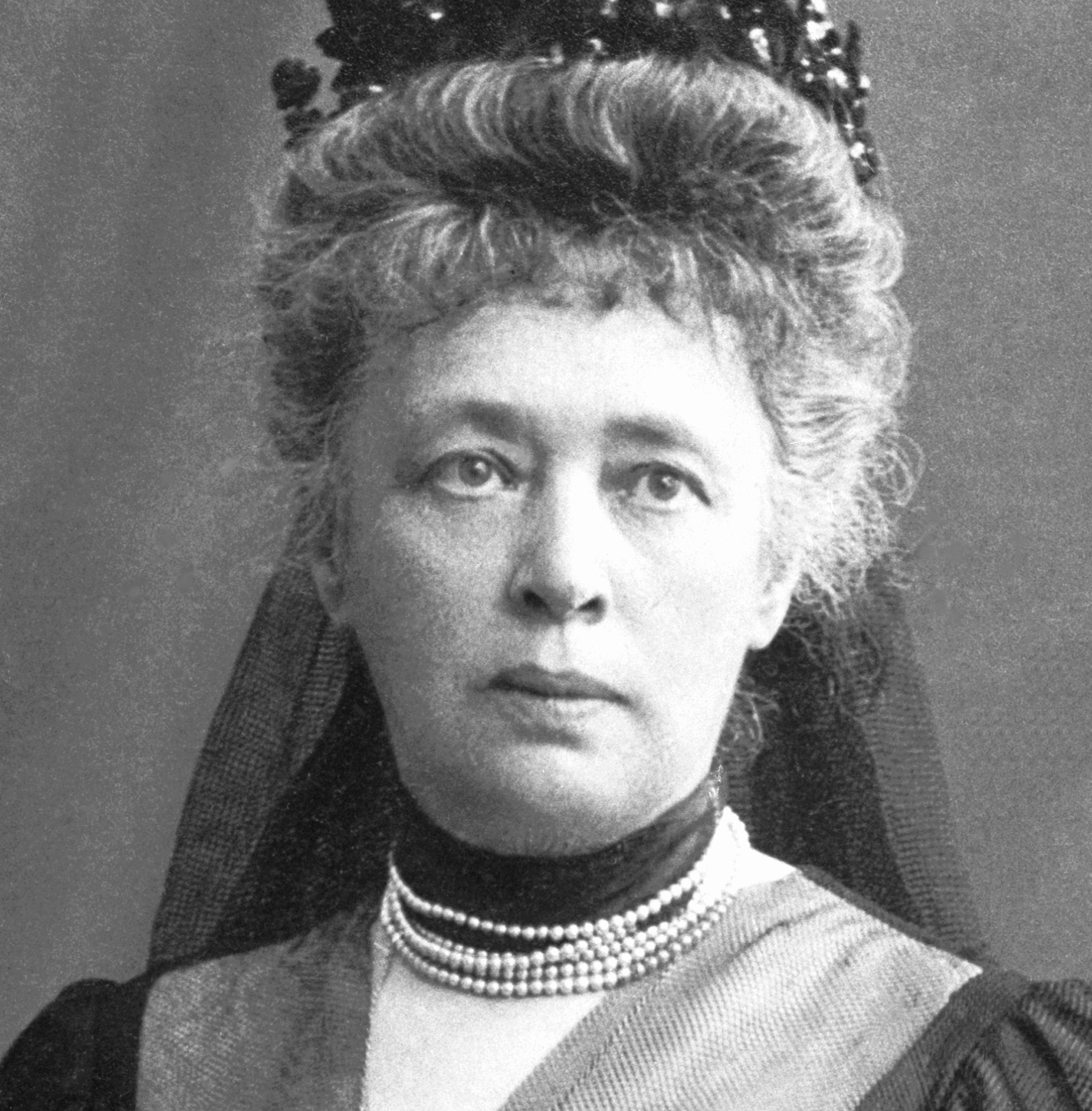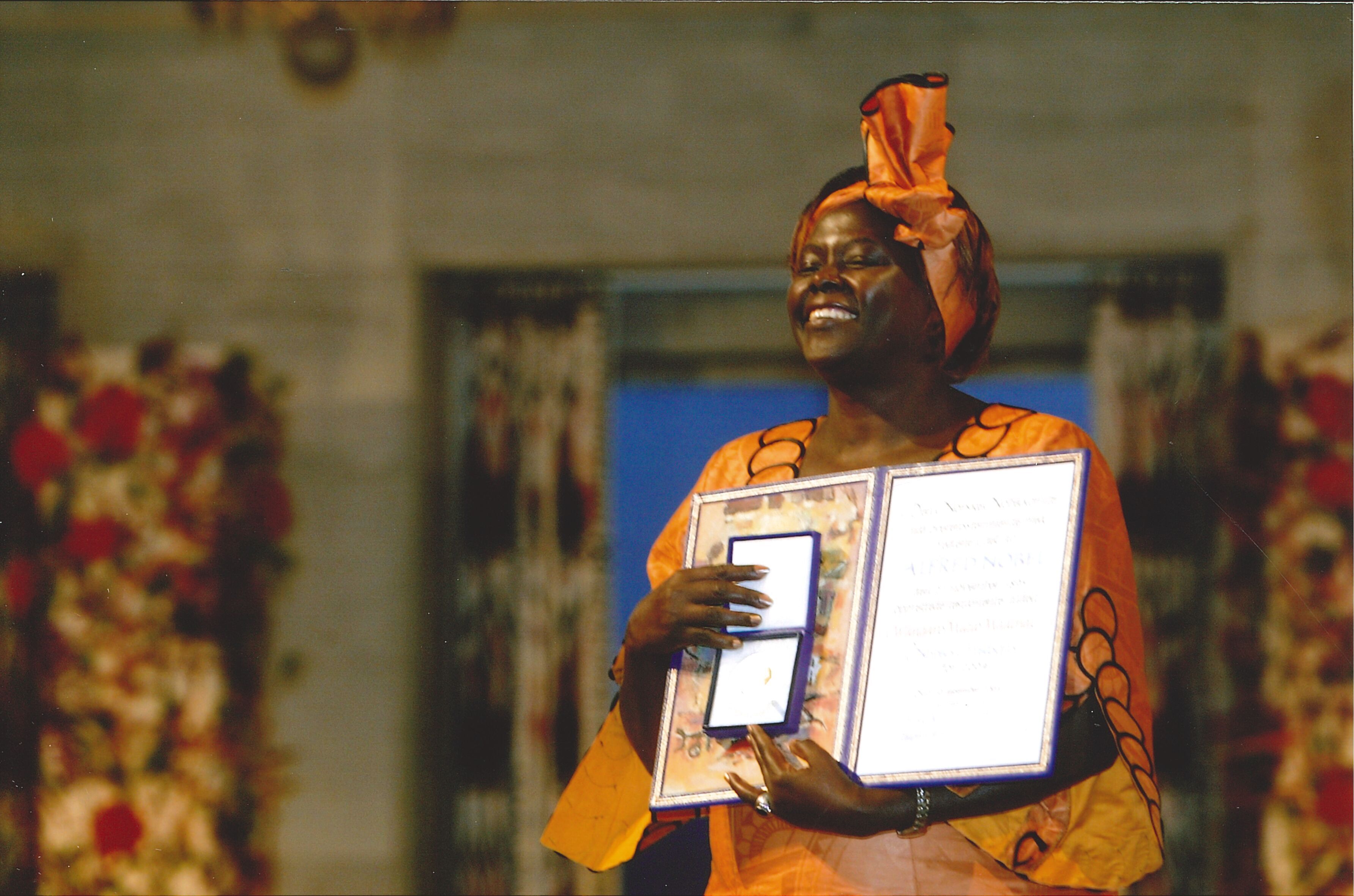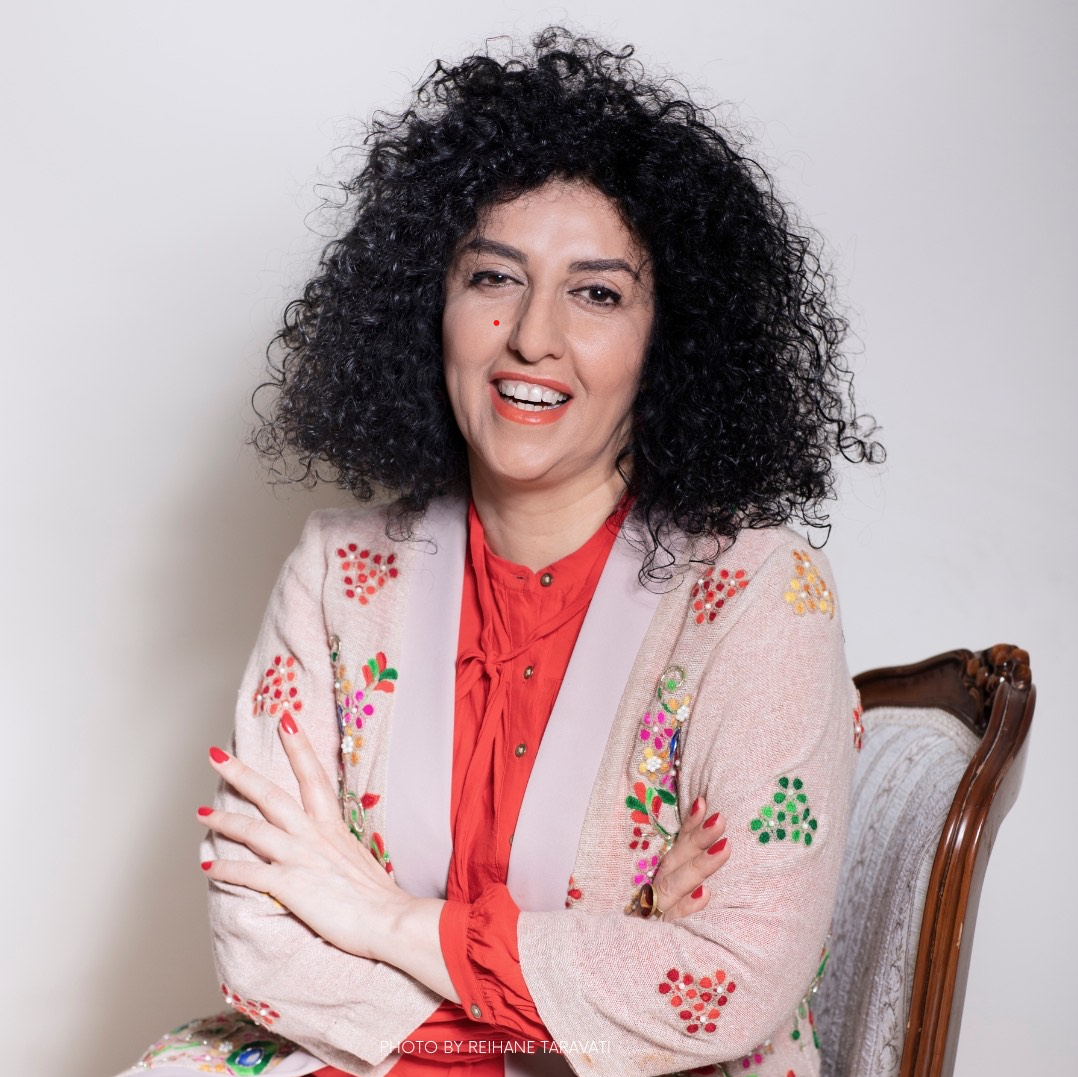Women and the Nobel Peace Prize
Alfred Nobel was a man of his time. In 1895, he wrote in his last will that the prizes given out in his name, should go “to those who, during the preceding year, shall have conferred the greatest benefit on mankind …. whether he be Scandinavian or not”. More than 125 years later, the catchphrase of the Nobel Prize has changed to “the greatest benefit of humankind”, and the pronoun “she” is more frequently used. The first years of the history of the Nobel Peace Prize was definitely dominated by men. The first Nobel Peace Prize was awarded in 1901 – to two men – and during the first 75 years, only three women were awarded the prize.
Nevertheless, the first woman was awardedas early as 1905.
Bertha von Suttner was a true pioneer for peace and had a very special relationship with the founder of the Nobel Prize. Working as a house teacher for the Suttner family in Vienna, she fell in love with the oldest son of the family, Arthur. His family did not approve of the relation andurged Bertha to find a new position. She found work as asecretary for “a very wealthy, cultured, elderly gentleman, living in Paris”. This “elderly” gentleman was Alfred Nobel. He was 42 at the time. Bertha von Suttner only stayed in Paris for 8 days, before she decided to run away and marry her beloved Arthur. Nevertheless, her friendship with Alfred Nobel lasted for life. Her work and ideas as one of Europe’s leading peace activists, were of great inspiration to Alfred Nobel. Many people believe that she is the reason why Alfred Nobel chose to include a prize for peace, in addition to the four scientific prizes he installed in his last will.
Ordinary women
After1975, the Nobel Peace Prize has been awarded to 16 women and 35 men. That is approximately 30 % women. This shift reflects not only changes in society, with women gaining political and economic access, but also a change in the kind of peace building efforts that have been emphasized by the Norwegian Nobel Committee.
The prize for 1976 is a good example: Not only where two women awarded this year, but it was also one of the first times the Nobel Peace Prizes was given to “ordinary people”, ie. someone without a long experience in peace movements, political or organizational life.
Betty Williams was a housewife in Belfast. A day in August 1976 something happened in her neighbourhood. A car came rushing down the street, inside the car was a man who belonged to the IRA. He was being followed by armed men. A gunshot was heard, and the car continued with the badly injured driver hanging over the wheel. The car hit a mother and her three children. The mother survived, but the three children died. One of the neighbours who rushed to the scene was Betty Williams. Mairead Corrigan was the children’s aunt. Together, the two women built up a grassroots movement with the aim to end violence between Catholics and Protestants in Northern Ireland. They arranged marches and peace meetings and encouraged peace groups to be formed all over Northern Ireland.
Climate and peace
Another example of a peace prize to a woman that marked a change in the Nobel history, is the one to Wangari Maathai in 2004. Her peace effort was to plant trees. With the Green Belt Movement, she planted more than 20 million trees between 1976 and 2000. When she was awarded the Nobel Peace Prize, critics would say: “What does planting trees have to do with peace?” In Kenya 90% of the woods had dried out and this led to problems with crops, which again lead to starvation. However, it also affected democracy and peace. Mathaai’s Green Belt Movement did not just lead to better soil, more food, and less conflict; it also meant empowerment of women. This became a grassroots women's organization. Within a few years, the idea had spread, and tree-planting initiatives were started in other African countries as well. Wangari Maathai’s mantra was to act locally and think globally: “It’s the little things citizens do. That’s what will make the difference. My little thing is planting trees”, she said.
Women’s participation
In 2011, the number of female Peace Prize laureates jumped from 12 to 15 in just one year. The Nobel Peace Prize was awarded to Ellen Johnson Sirleaf, Leymah Gbowee and Tawakkol Karman for their non-violent struggle for the safety of women and for women’s rights to full participation in peace-building work. “We cannot achieve democracy and lasting peace in the world unless women obtain the same opportunities as men to influence developments at all levels of society”, the Norwegian Nobel Committee said in the announcement.
Social worker Leymah Gbowee led the Women of Liberia Mass Action for Peace. Thousands of women from different religious and ethnic backgrounds gathered for daily demonstrations against President Charles Taylor. The women wore simple, white T-shirts as a symbol of peace. They did not relent even when Taylor banned the demonstrations and warned them against criticising the government. In this way, they helped push through the peace talks that lead to the signing of a peace deal in August 2003. Charles Taylor was forced into exile.
After the peace agreement was signed, Gbowee’s network worked towards encouraging greater voter turnout by Liberian women. They offered, among other things, to babysit children and mind women’s stalls in the market square while they went to register to vote. A simple thing that made it possible for more women to participate in the election in 2005. After this election, Liberia gained Africa’s first democratically elected female president, Ellen Johnson Sirleaf.
With the Nobel Peace Prize being rewarded to Malala Yousafzai in 2014, the focus was not so much on her being a woman, rather on her being a child. She was only 17 when she received the prize, the youngest Nobel laureate ever. With Malala, girls all over the world got a new kind of role model. She was an ordinary schoolgirl, and she proved to the whole world that if you believe in something, and if you are willing to stand up for it, you can make a difference.
Woman - life - freedom
When Berit Reiss-Andersen, the chair of the Norwegian Nobel Committee, announced the Nobel Peace Prize for 2023 in October, she started the press conference with the words “Zan – Zendegi – Azadi”, “Woman – Life – Freedom”. At that point, the world understood that the topic for this year’s prize was the big women’s movement in Iran that had been sparked by the death of Mahsa Jina Amini last fall. And the Committee chose to award one of the leading figures of the movement, who had been fighting for human rights and against oppression of women in Iran for decades: Narges Mohammadi. Deputy Director of the organization founded by another female Nobel Peace Prize laureate, Shirin Ebadi, she has been working with many of the same issues: campaign against death penalty, support for political prisoners, fight against the use of torture and sexual violence in prisons, and the rights of children. From the prison cell, Narges Mohammadi became an inspiration for the protesters in the “Woman – Life – Freedom” movement. On the anniversary of the killing of Mahsa Jina Amini, she managed to smuggle out an article that was printed in the New York Times. Narges Mohammadi’s message was: “The more of us they lock up, the stronger we become.”
Three days after the announcement of the Nobel Peace Prize to Narges Mohammadi, the prize in Economic Sciences in Memory of Alfred Nobel was awarded in Stockholm, to the Harvard Professor Claudia Golding. She has studied the role of women in the labour market through 200 years and investigated the gender gap in earnings. Her research show that the bulk of the earnings difference is not related to differences in education and occupational choices but is found between men and women in the same occupation and is closely related to childbirth.
“Understanding women’s role in the labour is important for society. Thanks to Claudia Goldin’s groundbreaking research we now know much more about the underlying factors and which barriers may need to be addressed in the future,” the announcement said.
The 2023 awards to Narges Mohammadi and Claudia Goldin are not just making the gender statistics of the Nobel Prizes look better, they also emphasize that societies cannot be economical sustainable, just and peaceful without equal rights – and equal participation - for all. In the words of the Norwegian Nobel Committee:
“Only by embracing equal rights for all can the world achieve the fraternity between nations that Alfred Nobel sought to promote.”
Watch a message From Narges Mohammadi for the International Women's Day 2025:
RELATED:
Share:





